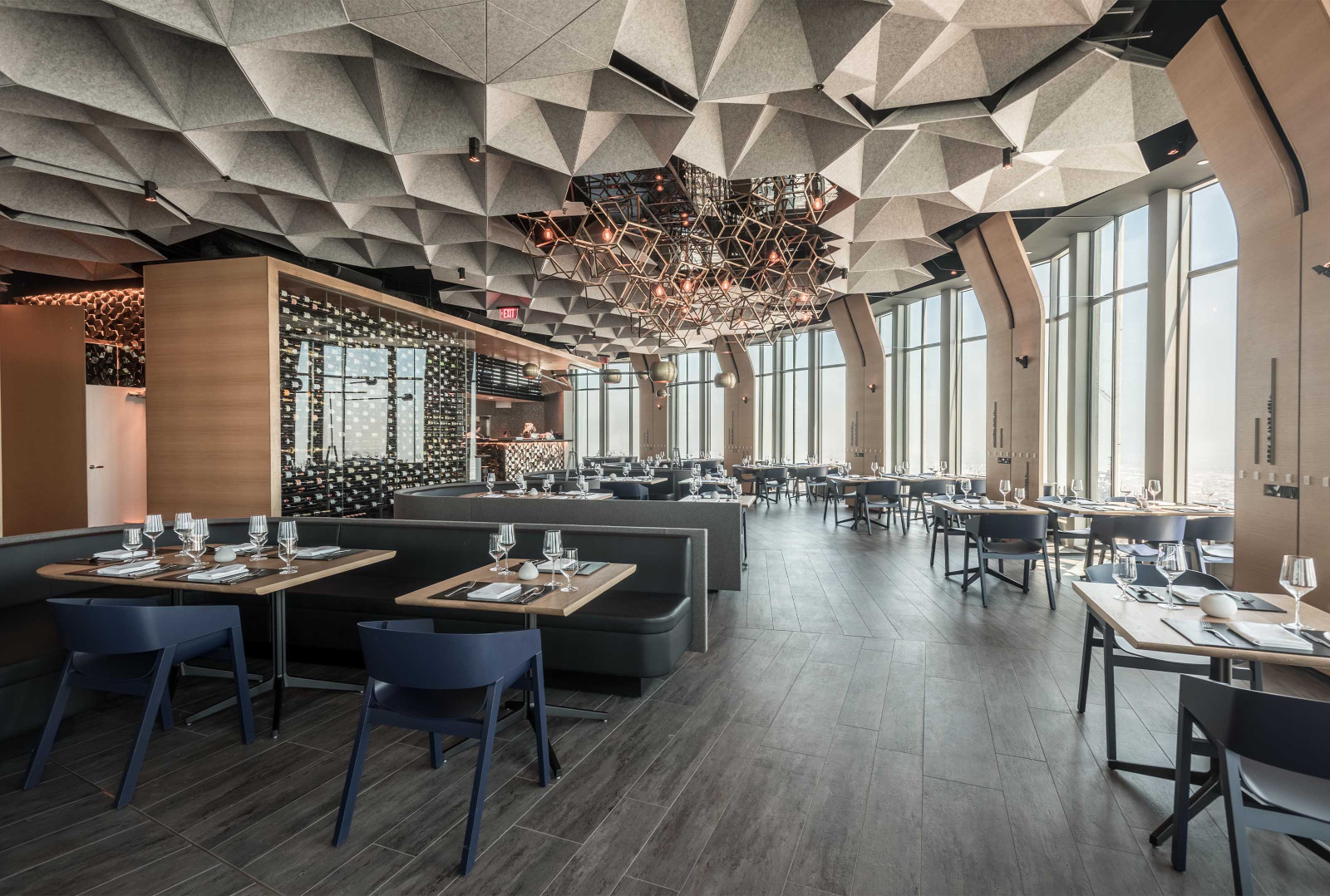When designing a restaurant, every detail matters, and windows are no exception. Windows as elements of restaurant interior design can dramatically influence the ambiance, functionality, and aesthetic appeal of your dining space. From letting in natural light to framing scenic views, windows can play a central role in creating an inviting atmosphere for your guests. In this article, we’ll explore the various ways windows can be incorporated into your restaurant’s interior and discuss the benefits of different window types.
1. Maximizing Natural Light
One of the primary advantages of incorporating windows as elements of restaurant interior design is the ability to bring in abundant natural light. Well-placed windows can flood a dining area with sunlight, making the space feel more open, warm, and welcoming. Natural light enhances the dining experience by creating a pleasant atmosphere that is not only aesthetically pleasing but also energizing for your patrons.
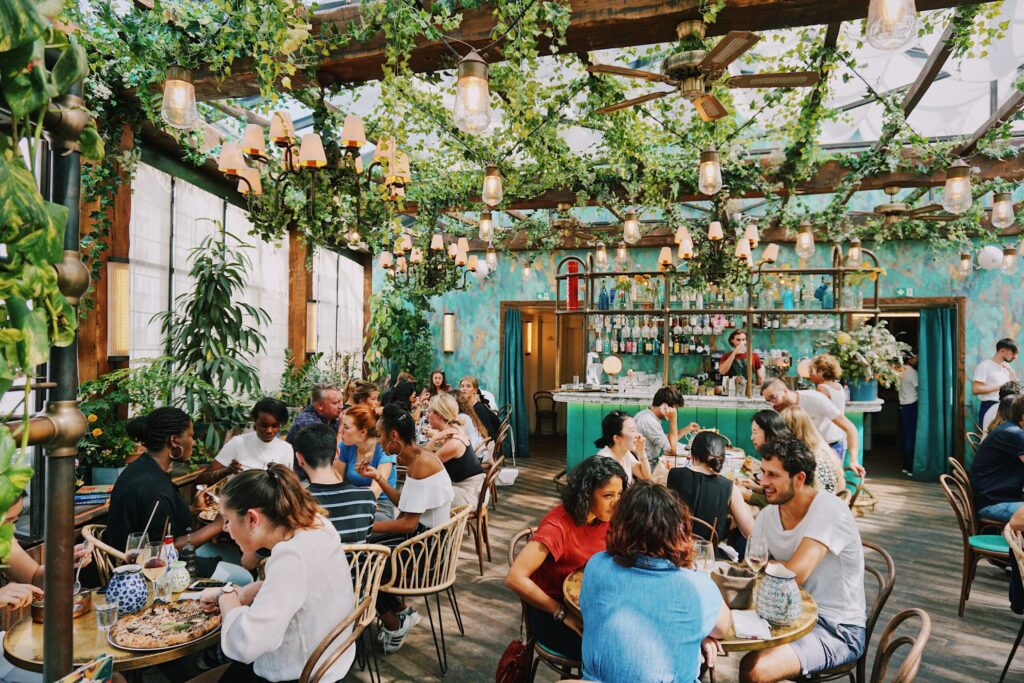
Large windows, such as floor-to-ceiling windows, are particularly effective at maximizing natural light. These windows are ideal for restaurants located in scenic areas or urban environments with great views. They can make a small dining area feel larger and more connected to the outdoors.
2. Framing Views for Guests
Incorporating windows as elements of restaurant interior design can provide a great opportunity to frame scenic views. Whether it’s a bustling city street, a serene garden, or a waterfront vista, windows can act as natural picture frames, enhancing the dining experience for your guests. Strategically placed windows that capture the best outdoor views can become focal points in your restaurant, enticing diners to enjoy the scenery while they eat.
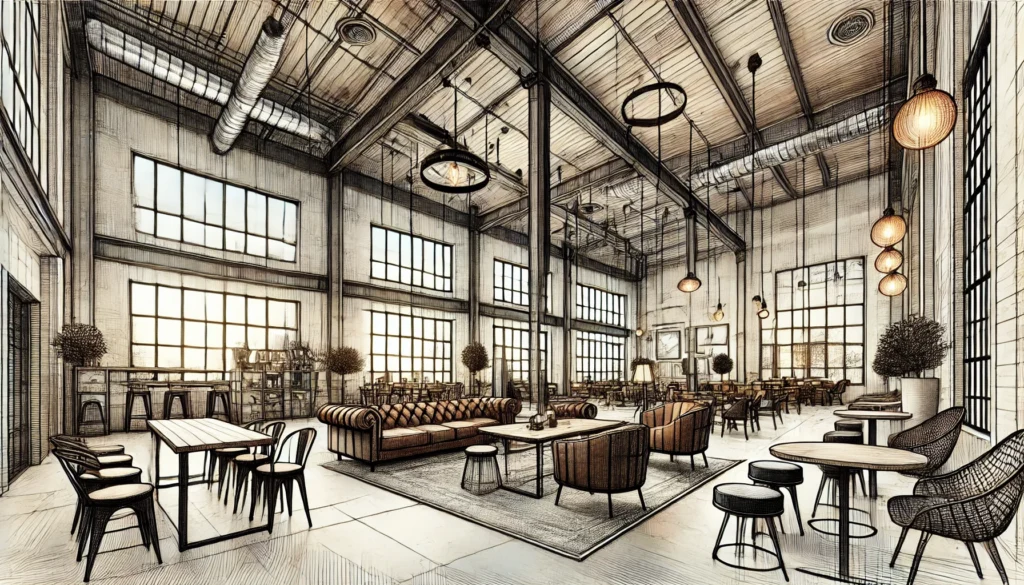
3. Creating Ambiance with Lighting
In addition to natural light, windows can also play a role in balancing ambient lighting. During the day, large windows allow for a flood of sunlight, but as evening approaches, the balance between natural and artificial lighting becomes key. Window treatments, such as shades or curtains, can help control the amount of light entering the space and contribute to a cozy atmosphere in the evening.
For restaurants that want to create a sophisticated dining environment, choosing windows that pair well with ambient lighting fixtures can create the desired effect. For example, hanging pendant lights near windows or using accent lights to frame the windows can enhance the overall ambiance.
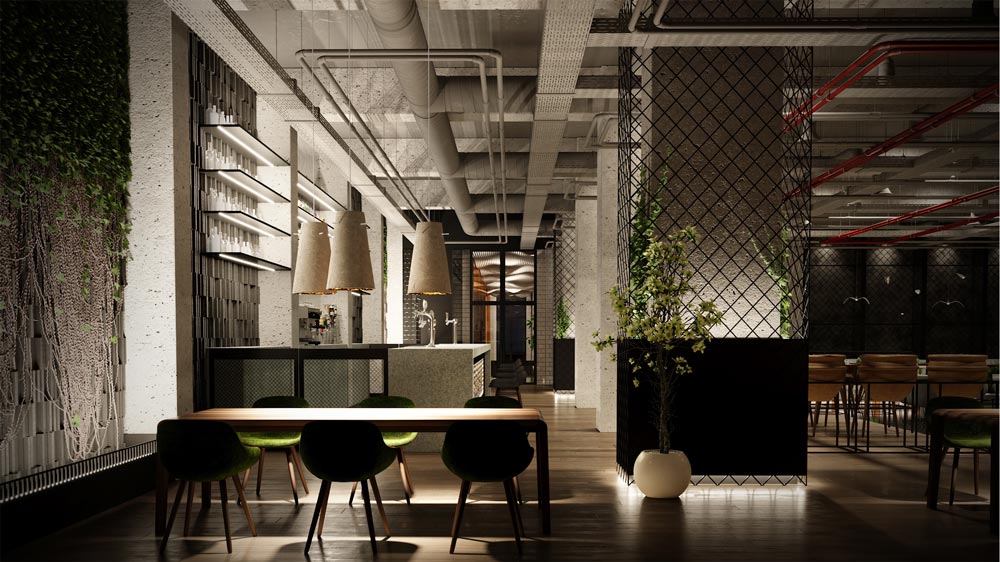
4. Selecting the Right Window Materials
The material of your windows is just as important as their placement and design. Different materials can offer varying levels of insulation, durability, and aesthetic appeal. Here’s a comparison of some common window materials used in restaurant interiors:
| Window Material | Aesthetic Appeal | Durability | Energy Efficiency | Best for |
|---|---|---|---|---|
| Vinyl | Modern and versatile | High (low maintenance) | Excellent | Restaurants looking for low-cost, efficient options |
| Wood | Classic and warm | Moderate (requires maintenance) | Good | Upscale, traditional designs |
| Aluminum | Sleek and industrial | Very high (weather-resistant) | Moderate (needs thermal breaks) | Modern or minimalist aesthetics |
| Fiberglass | Elegant and durable | High (long-lasting) | Excellent | High-end, energy-conscious designs |
| Steel | Industrial and robust | Very high (extremely durable) | Moderate | Industrial-style restaurants |
By choosing the right window material, you can ensure that your windows not only look great but also perform well in terms of energy efficiency and durability.
5. Window Treatments for Privacy and Light Control
While windows can enhance the look and feel of your restaurant, window treatments like blinds, curtains, or shades offer the flexibility to control light levels and provide privacy when needed. Window treatments for restaurants are essential for creating the right balance between natural light and privacy, especially during peak sunlight hours or in the evening when the restaurant needs to adjust its ambiance.
Sheer curtains can soften the look of large windows while still allowing plenty of light to enter, while blackout shades or heavier drapes can create a more intimate dining experience for evening service.
6. Enhancing Design with Window Accents
Using windows as elements of restaurant interior design also opens up opportunities to enhance your space with stylish accents. Decorative window frames, custom moldings, and window sills can add character and charm to your dining area. These subtle design choices can bring cohesion to the overall aesthetic of your restaurant, whether you’re aiming for a rustic, modern, or industrial look.
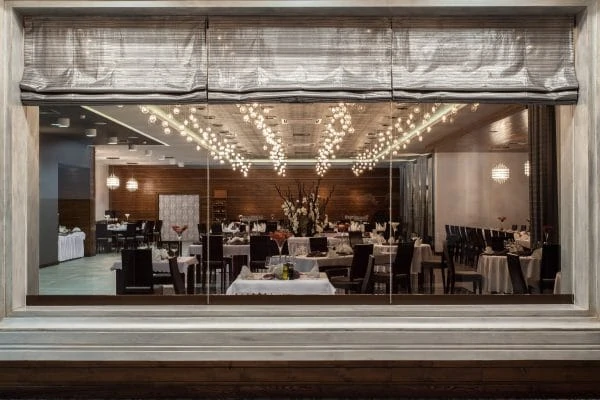
Conclusion
Windows are much more than functional features in a restaurant—they are integral to the overall design. By using windows as elements of restaurant interior, you can maximize natural light, frame beautiful views, create ambiance with lighting, and choose the perfect materials and treatments to enhance both the style and functionality of your space. Whether you are designing a cozy bistro or a large, open dining hall, the right windows can make all the difference in shaping a welcoming and visually appealing environment.

